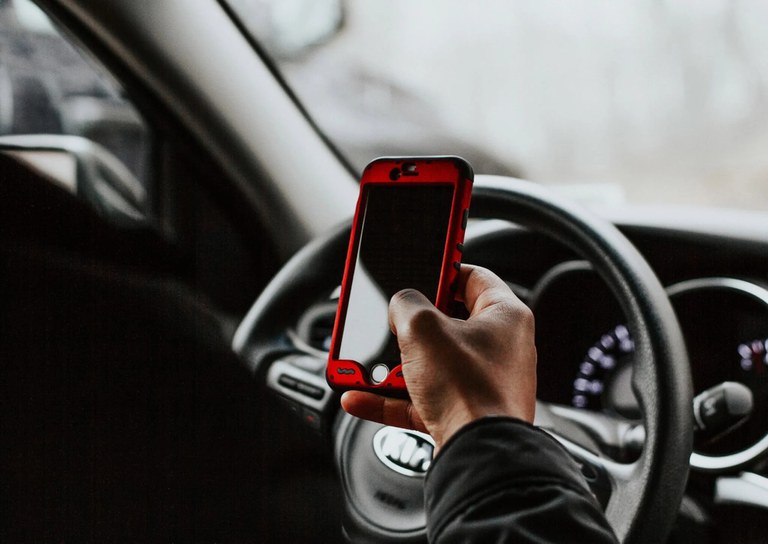Five ways behavioral economics can help promote safe driving
Shift into Safe News
The average person spends four to five minutes using their phone in an hour of driving, but it takes only a few seconds to cause a crash. Recent estimates show that around 3,300 people are killed by distracted driving annually.
One field of study — behavioral economics — can be helpful in curbing distracted driving and reducing injuries.
CHIBE Associate Director and Penn Medicine Nudge Unit Director M. Kit Delgado, MD, MS, is an attending physician in the emergency department and frequently sees patients injured from car crashes — many of which could be prevented. His frustration with these avoidable incidents led him to dive into behavioral economics to learn why people deviate from rational behavior and keep doing things they know they shouldn’t be doing.
Dr. Delgado and his research team have been using “smartphone telematics” (technology used for collecting driving data) to look at distracted driving and testing various interventions such as feedback, social comparisons, financial incentives, and more to reduce phone usage while driving. He has also partnered with insurance companies to look at behavior change at scale.

Recently, Dr. Delgado and a team of researchers published a paper in JAMA Network Open on feedback and financial incentives to reduce cell phone use while driving and found that behavioral economics insights could help reduce distracted driving by more than 20%.
A second paper by Jeffrey Ebert, PhD (lead author), Dr. Delgado, and colleagues found that a multicomponent behavioral intervention that included gamification and social competition could reduce hand-held phone use while driving by 20%, and adding modest incentives could lead to a 28% reduction. And these effects were sustained even after the interventions ended, which means the drivers formed long-lasting habits.
“Given that approximately 60,000 crashes owe to phone use distraction each year, a 28% reduction in the most distracting kind of phone use could prevent 16,000 crashes,” the authors wrote.
These findings suggest that auto insurers could use these techniques to reduce distracted driving at scale and curb crashes.
